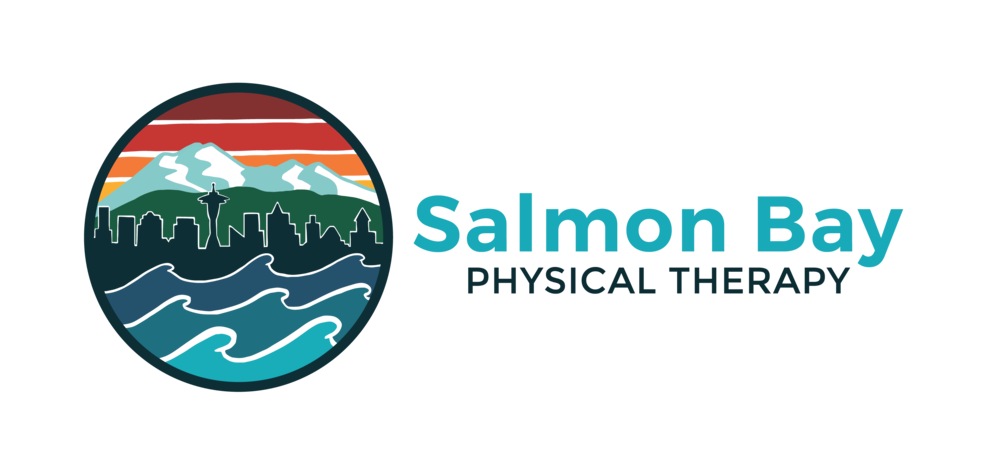According to Titleist Performance Institute (TPI), reverse spine angle is the leading cause of low back pain among golfers. An analysis of 387 players found that nearly 40% demonstrated this reverse spine angle during their swing. That’s a lot of potential for injury.
What it is?
With reverse spine angle, from a face-on view of the golfer, the upper part of the trunk is leaning toward the target at the top of the backswing. The upper body tends to dominate the swing and the player can lose power (and distance) as a result.
How does it happen?
Without getting into the complicated spinal mechanics of a golf swing, the basic answer is through excessive spinal extension. Under normal circumstances, the trunk is slightly flexed (bent forward) at address, but it extends during the swing and ends up relatively extended at impact compared to address. What happens in the case of reverse spine angle, the player's spine extends too far, placing much more mechanical stress on the spinal joints.
What are the main causes?
According to TPI, there are three main causes for reverse spine angle:
Upper & lower body separation: the upper trunk and shoulders should rotate around a relatively stable lumbar spine. Shoulder & thoracic spine mobility are important for this separation, especially thoracic rotation.
Core stabilization (abdominal & gluteal strength): If these muscles are weak or not engaging appropriately during the swing, the player might lose position, especially at the top of the backswing and/or while transitioning to the downswing.
Hip internal rotation mobility: Full range of motion is 45 degrees. Many people, not just golfers, tend to lose this motion, especially with age. If the body attempts to rotate beyond the hip’s limits, the body might compensate with motion at the nearest available motion segment - the low back.
How do you correct it?
Consider working with a TPI trained physical therapist if you are experiencing low back pain with your golf game. Depending on your specific limitations, they might work on improving your thoracic & hip mobility so that the lumbar spine doesn’t move excessively to compensate. They might address what’s happening at the pelvis and work on finding the optimal position and maintaining it throughout the swing. It may also help to work with a swing coach for more swing-specific advice, such as shortening the backswing or flaring the trail leg outward at setup if hip rotational mobility is lacking.





